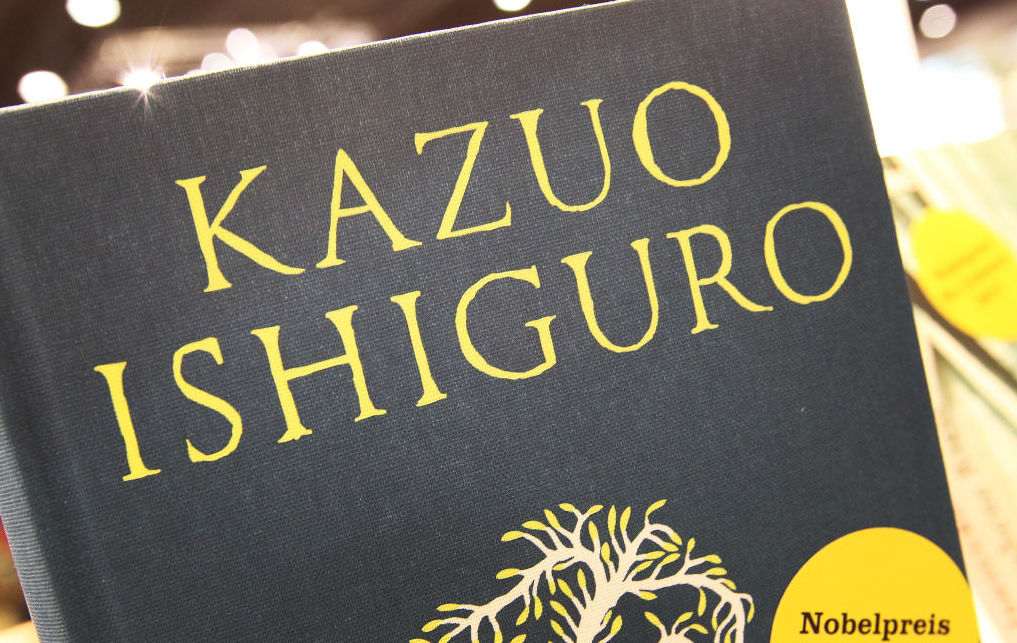When Kazuo Ishiguro first appeared on the literary scene in the 1980s, his work was often described using terms such as ‘exquisite’, ‘refined’ and ‘understated’. The supposedly Japanese sensibility of this Surrey-raised writer was on full display in his fine second novel An Artist of the Floating World (1986), narrated by a retired artist called Masuji Ono. What was less clear to English critics, perhaps, was that Ishiguro’s Japan was the imagined one of his grandparents—alongside traces of filmmaker Yasujirō Ozu’s family dramas—rather than one strictly drawn from observation. This novel’s formal perfection also disguised a much darker tale of the artist’s complicity with wartime fascism. It ends on a rare hopeful note: Ono sees that whatever mistakes Japan has made in the past, it ‘has now another chance to make a better go of things.’
The surface meaning of his novels rarely holds all the answers
Ishiguro’s next novel, The Remains of the Day (1989) showed that his perennial themes of memory, trauma and guilt were cross-cultural.

Get Britain's best politics newsletters
Register to get The Spectator's insight and opinion straight to your inbox. You can then read two free articles each week.
Already a subscriber? Log in






Comments
Join the debate for just £1 a month
Be part of the conversation with other Spectator readers by getting your first three months for £3.
UNLOCK ACCESS Just £1 a monthAlready a subscriber? Log in